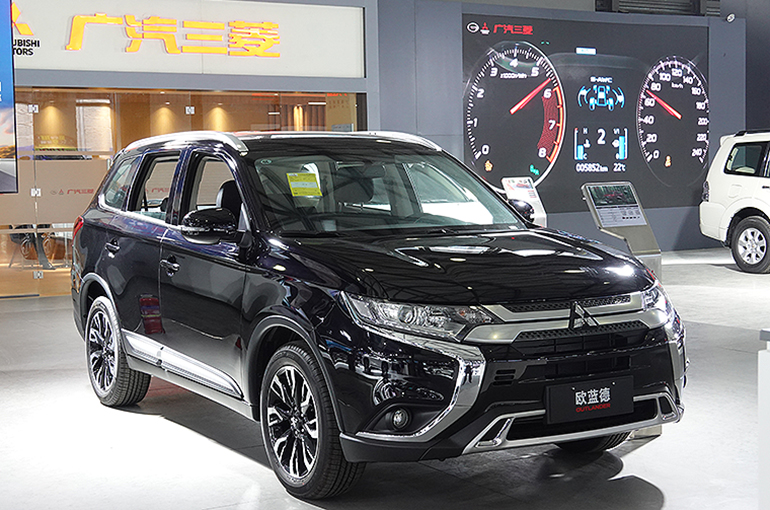 Most China-Foreign Auto JVs Are Running at Low Capacity as Market Shares Shrink
Most China-Foreign Auto JVs Are Running at Low Capacity as Market Shares Shrink(Yicai) Sept. 26 -- The majority of joint ventures between Chinese and foreign carmakers were producing vehicles at only a fraction of their potential output in the first half of the year, as their market shares fell as a result of slow electrification and fierce competition.
Of the 16 JVs Yicai studied, only five had a capacity utilization rate higher than 50 percent in the six months ended June 30, with eight under 30 percent.
The two JVs with the highest CURs were GAC Toyota Motor and GAC Honda Automobile at 92 percent and 82 percent, respectively. All others had a CUR of less than 60 percent, with Dongfeng Peugeot Citroen Automobile, Changan Ford Motor, GAC Mitsubishi Motors, and Jiangsu Yueda Kia Motors all below 10 percent.
The combined annual production capacity of the 16 firms was about 18.3 million cars, Yicai calculated using figures from the China Passenger Car Association and other publicly available data. But their first-half output barely exceeded 3.8 million, representing an average CUR of nearly 42 percent.
The idle capacity was mainly the result of intense competition in China’s auto market, the world’s biggest, resulting in a drop in production and sales. Retail sales of passenger cars rose 2.7 percent last month from a year earlier, but fell 16 percent at mainstream auto JVs, according to CPCA data.
Overcapacity has already led some of the JVs to shut plants, transform production lines, and merge with peers. Changan Ford stopped making Focus-branded cars in May, and Dongfeng Peugeot Citroen and Beijing Hyundai sold their factories, while foreign brands such as Suzuki Motor, Opel Automobile, and Renault Group chose to exit the Chinese market.
China’s first auto JV was set up between American Motors and Beijing Automotive Industry Group in 1983. More followed and became instrumental in the growth and modernization of the Chinese car industry. But after the turn of the century, local firms such as BYD, Geely, and Great Wall Motors emerged and grew, and now Chinese carmakers are shaking up the global market.
The failure to keep pace with developments in the Chinese market is a main reason why many auto JVs stumbled. Chinese-French manufacturers were the first to lose ground in consequence of not quickly introducing sports utility vehicles when they became very popular in the country. Dongfeng Peugeot Citroen’s sales plunged to 50,000 cars in 2020 from 710,000 in 2015.
Beijing Hyundai, a representative China-South Korea auto JV, did not update its strategy or innovate models according to market changes and had operational issues. Its sales slumped to 250,000 last year from a peak of more than 1.1 million in 2016.
The slower pace of electrification is also a key factor contributing to the rapid demise of these JVs in the Chinese market, as their electric vehicle models are still no universally recognized as being successful in the local market.
If the situation does not change for the better and as EVs occupy an increasing slice of China’s auto market, the market shares of the joint venture carmakers, known for their fossil fuel-powered vehicles, may face further shrinkage.
Editors: Tang Shihua, Futura Costaglione